From the post-war boom through the end of the disco era, carmakers were not afraid to experiment. Unfortunately, some “innovations” turned out to be more dangerous than helpful. Between questionable safety, flawed engineering, and features that sounded brilliant in marketing brochures but were terrifying in real life, here are twelve risky car features from the 1950s to 1980s that we’re glad disappeared.
Non-Collapsible Steering Columns
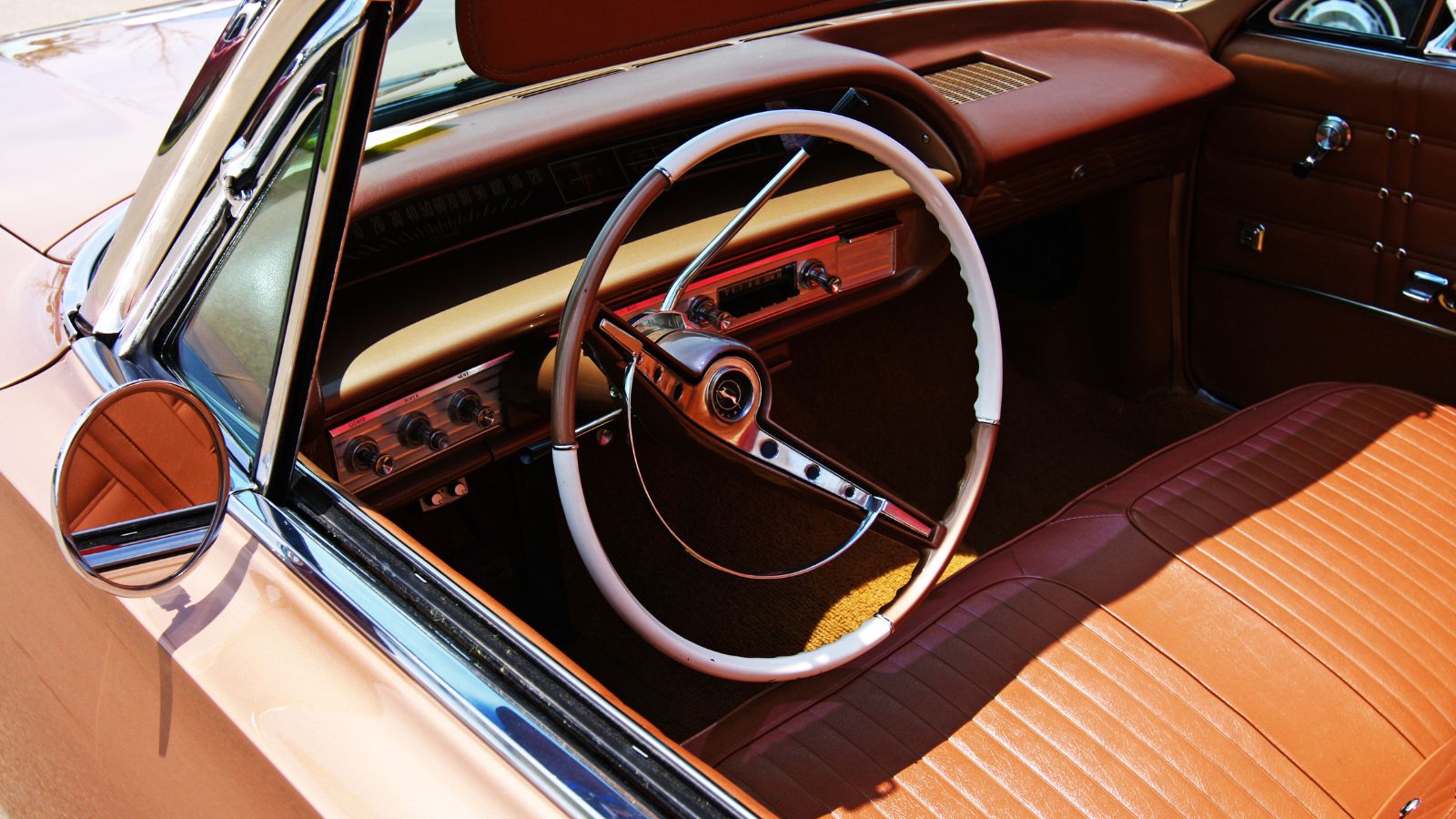
In the 1950s and early 60s, steering columns were essentially spears pointed at the driver. In a front-end crash, the solid metal shaft could impale or crush a driver’s chest. Models like the 1963 Chevrolet Impala had these unyielding columns, and drivers simply accepted the risk. Collapsible steering columns, introduced in the late 1960s and pioneered by General Motors, revolutionized crash safety by absorbing energy instead of transferring it directly to the driver.
Dashboards Made of Solid Metal
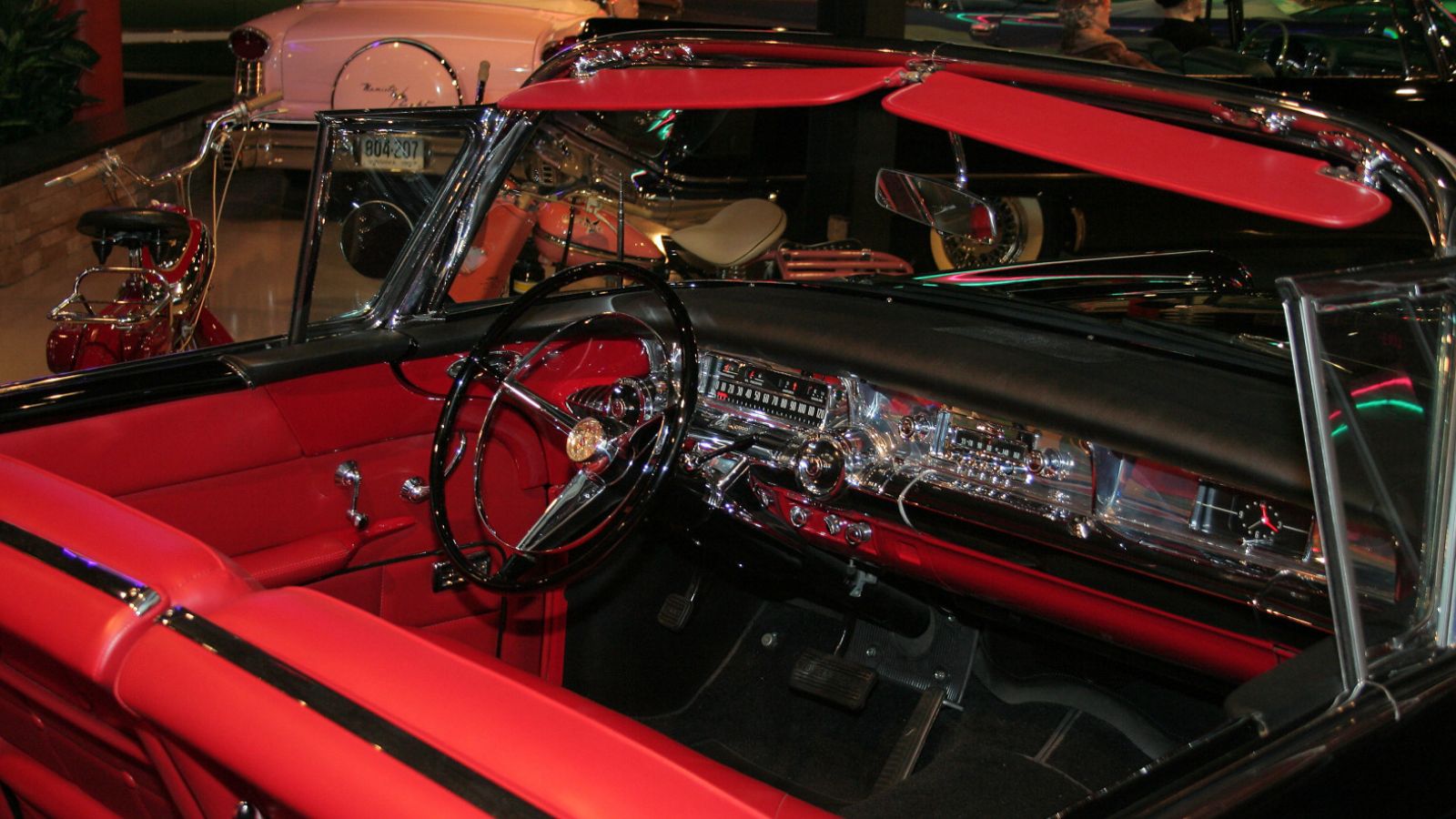
A shiny, chrome-accented metal dashboard looked glamorous in a 1957 Buick Roadmaster, but it was a brutal hazard in any accident. With no padding, every knob, toggle, and edge became a potential weapon. The 1970s saw the rise of padded vinyl dashboards, thanks to both regulation and a growing understanding that car interiors shouldn’t resemble blunt-force trauma training equipment.
Lap Belts Only
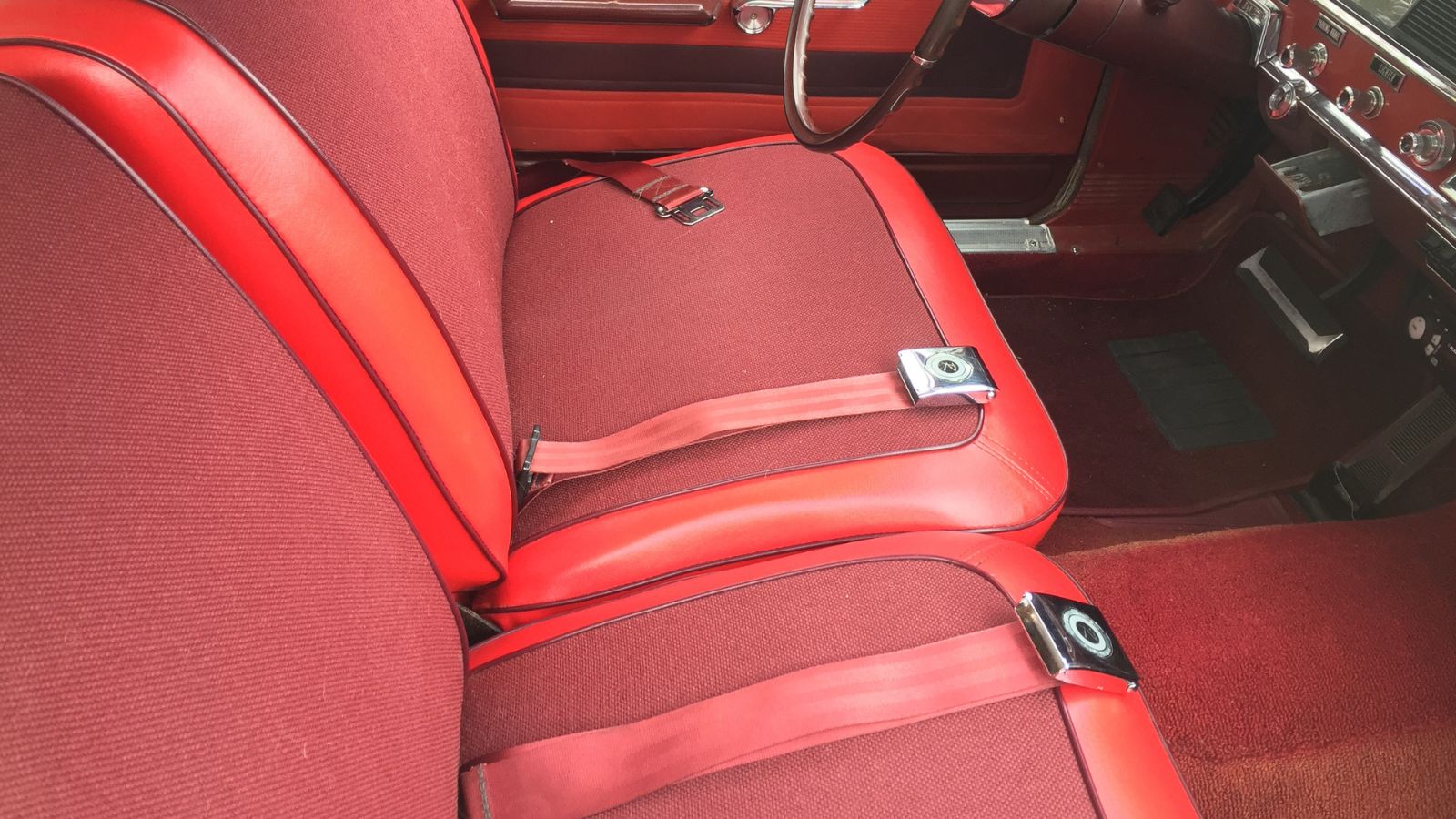
By the mid-1960s, lap belts became common, but they were only a partial solution. They helped in minor crashes but did little to protect the upper body, leading to whiplash or worse. Cars like the 1965 Ford Mustang shipped with lap belts as standard. The three-point seatbelt, pioneered by Volvo in 1959, proved far superior and became standard by the late 1970s in most markets.
No Passenger Side Mirrors
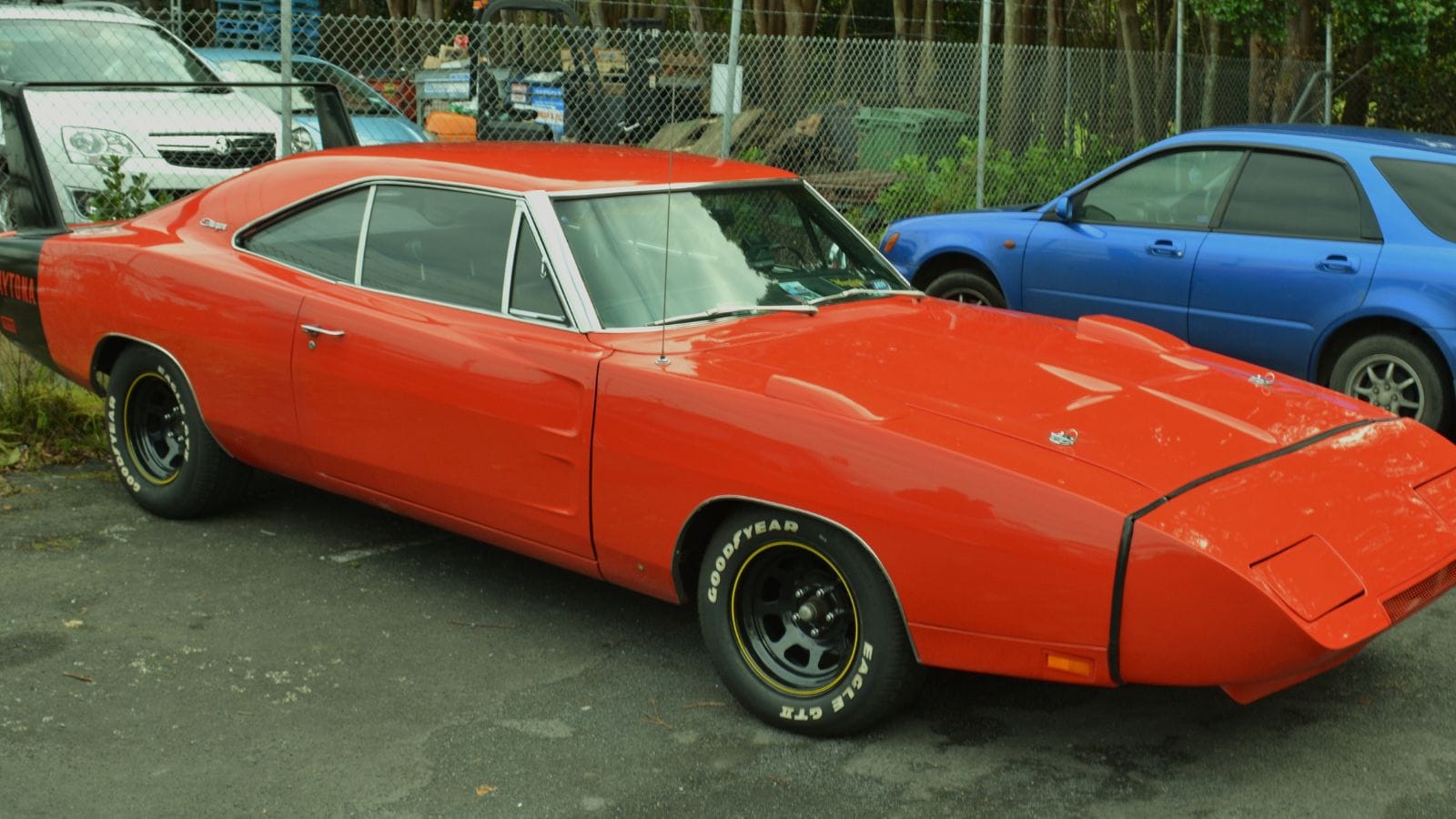
Up until the early 1970s, many cars, like the 1969 Dodge Charger, only had a driver’s side mirror. The passenger side blind spot was massive, especially on multi-lane highways. Lane changes relied on neck flexibility and prayers. By the late 70s, two mirrors became the norm, and later technology like blind-spot detection made things safer still.
Pop-Up Seatbelt Anchors

During the early 1980s, automakers tried to increase seatbelt compliance by adding motorized “passive restraint” systems that moved along the door frame when you closed the door. The 1986 Nissan Maxima had one, and while it seemed futuristic, these systems often broke, trapped drivers, or failed to lock in an accident. They were quickly phased out in favor of conventional belts that simply worked.
Unsafe Convertible Roof Designs
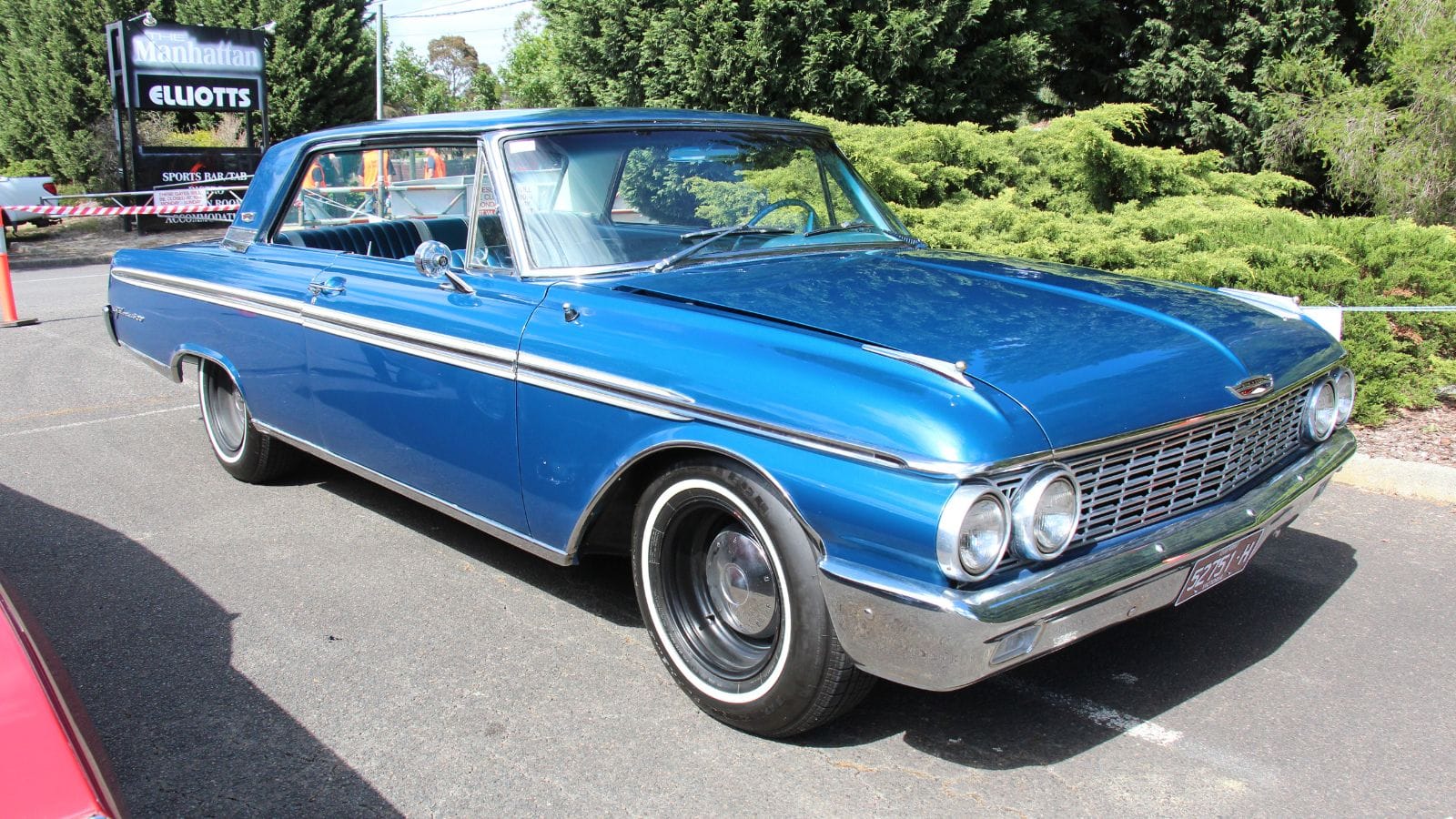
Convertibles in the 1960s, like the Ford Galaxie 500, offered zero rollover protection. The thin roof structure and lack of roll bars meant that in a flip, the windshield frame was the only thing between you and the road — and it usually crumpled. Rollover hoops and reinforced frames only became common decades later, making modern convertibles far safer to enjoy.
Push-Button Transmission Selectors
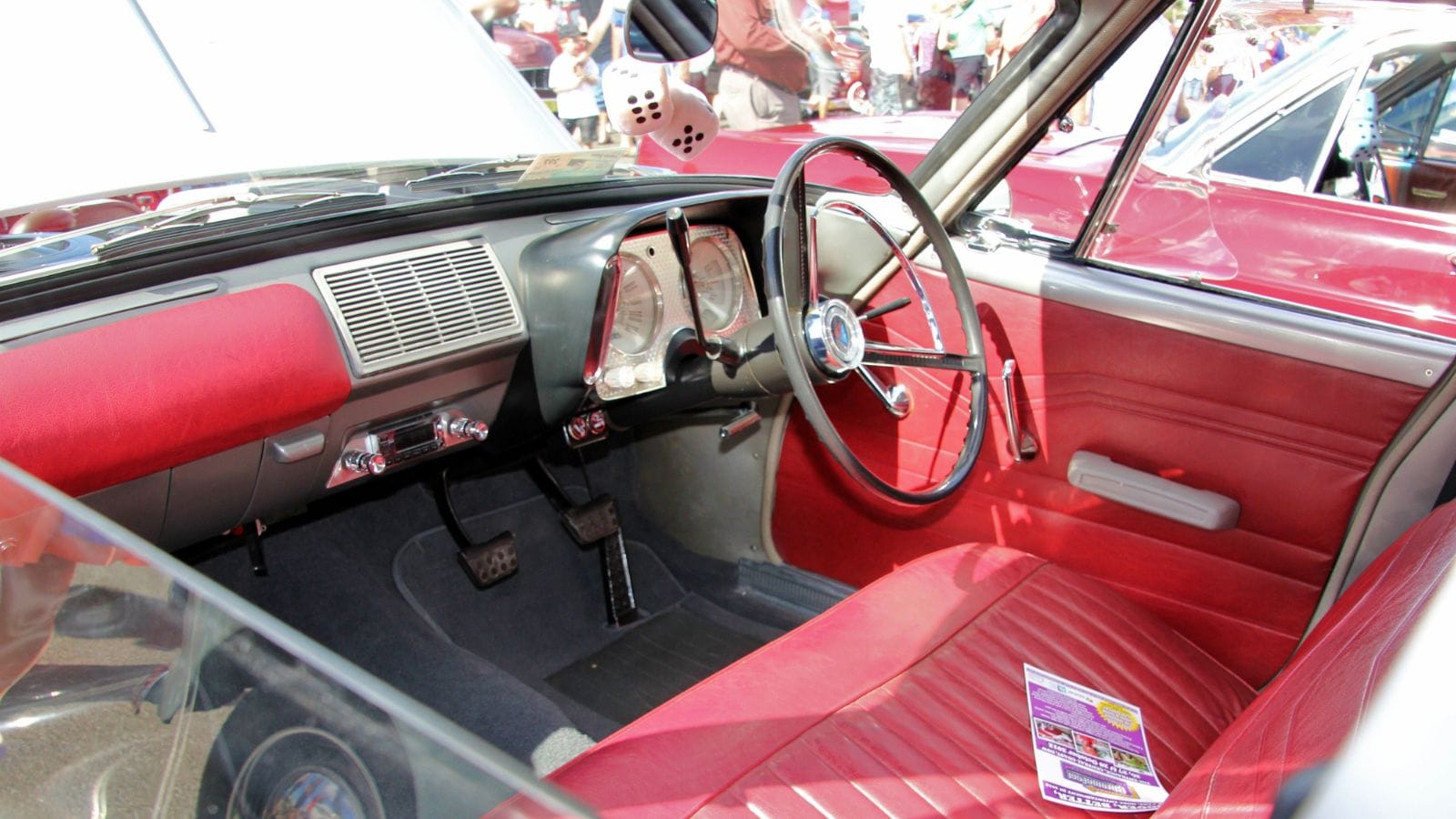
In the late 1950s and early 1960s, brands like Chrysler and Edsel put push-button gear selectors on the dashboard. They looked like something from The Jetsons, but they confused drivers in emergencies and were prone to mechanical failure. While push-button shifters have made a high-tech return today, early versions like those in the 1962 Plymouth Fury were best left in the past.
Tinted Windshields with Excessive Shade
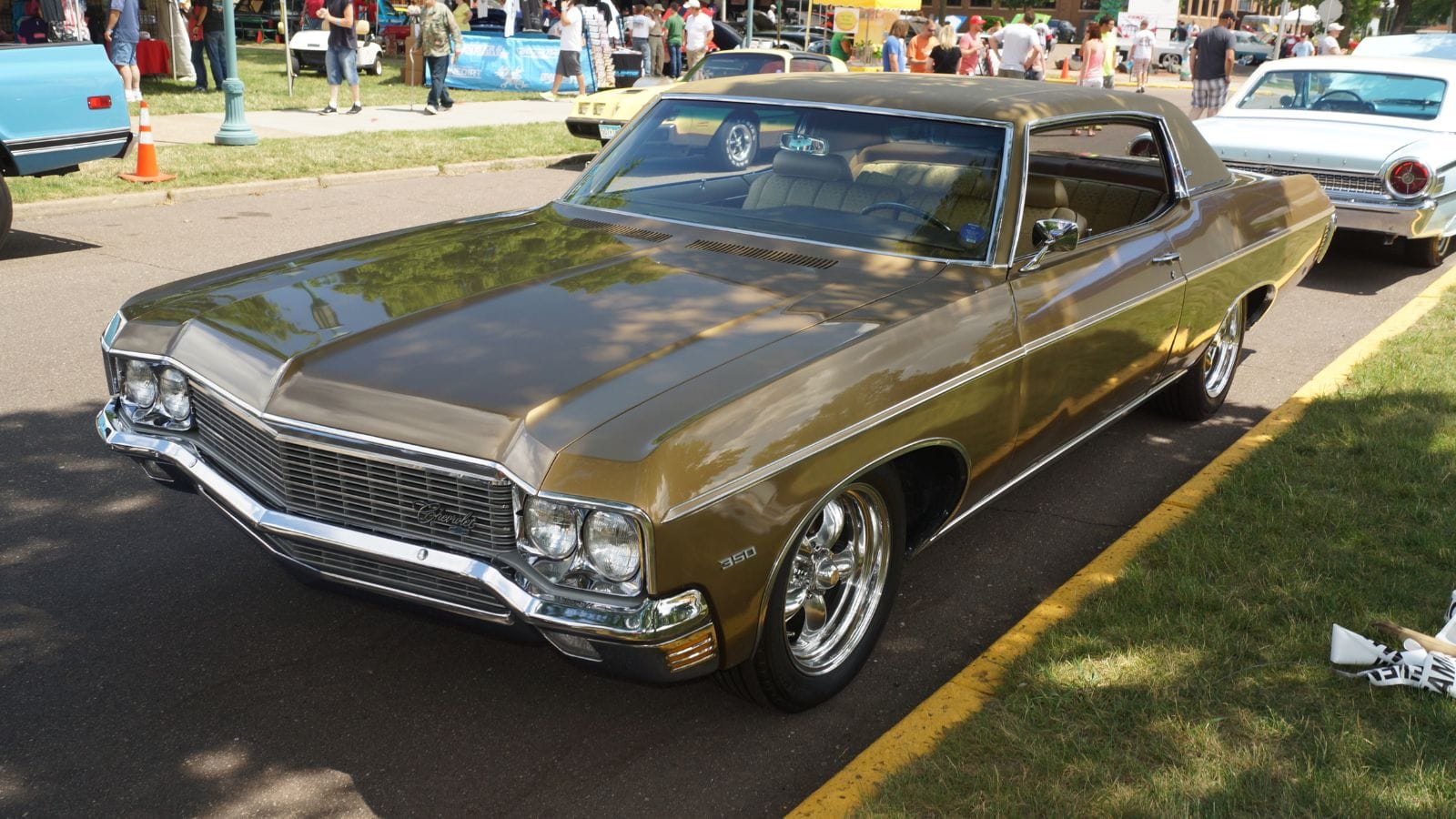
Some 1970s cars, such as certain Chevrolet Caprice models, had heavily tinted upper windshields to reduce glare. The problem was that the tint often cut visibility so much at night that even streetlights became hard to see. Combined with the weak sealed-beam headlights of the time, driving at night could feel like navigating a blackout. Tinting standards were introduced to fix this.
Single-Circuit Brake Systems
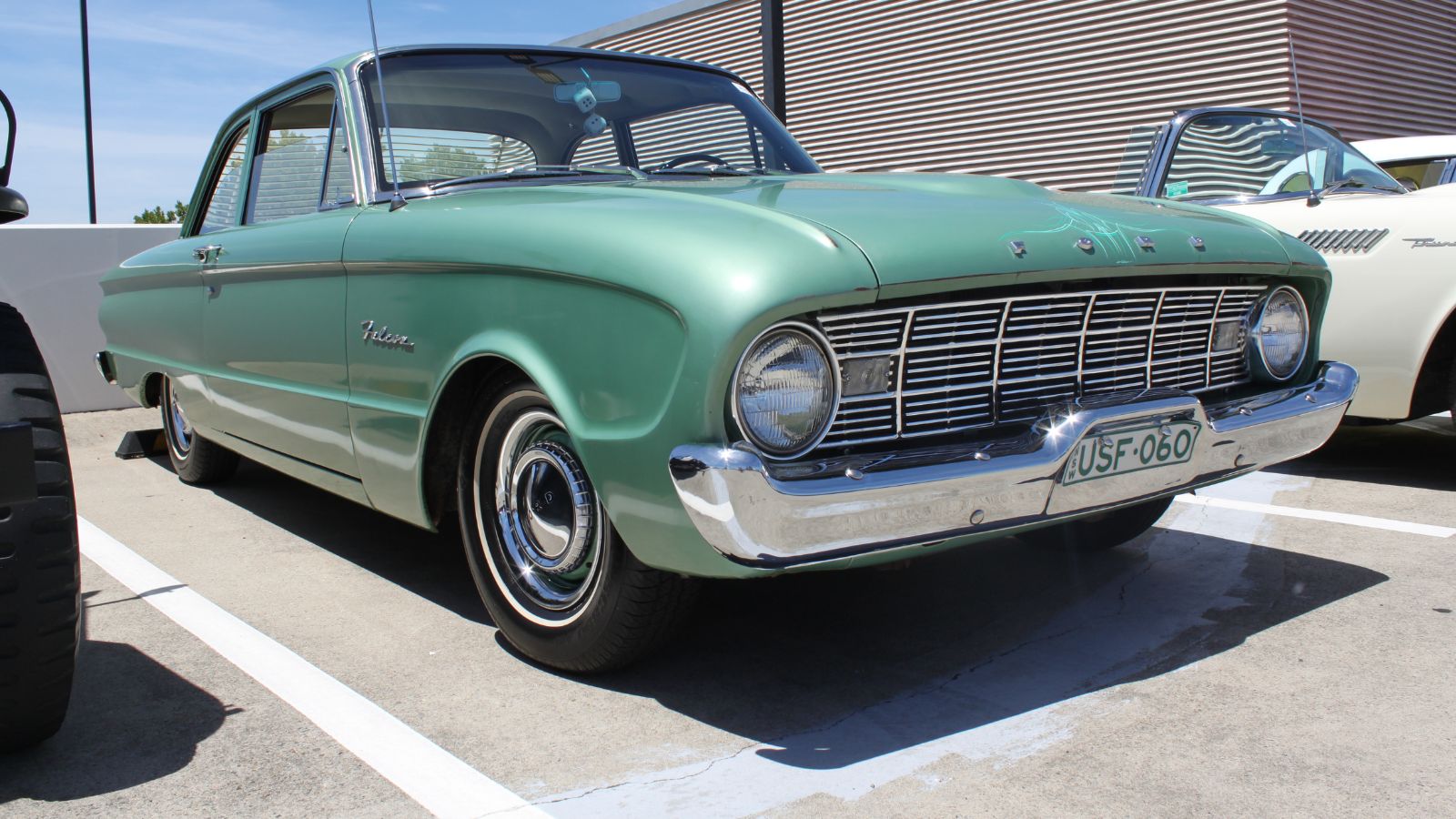
Before dual-circuit brakes became standard in the late 1960s, a leak or component failure in a single-circuit system meant total brake loss. The early 1960s Ford Falcon was a prime example of a car that could leave you pumping the pedal in vain. Dual-circuit systems gave drivers at least partial braking ability if one system failed, and quickly became mandatory.
Gas Tanks Behind the Rear Bumper
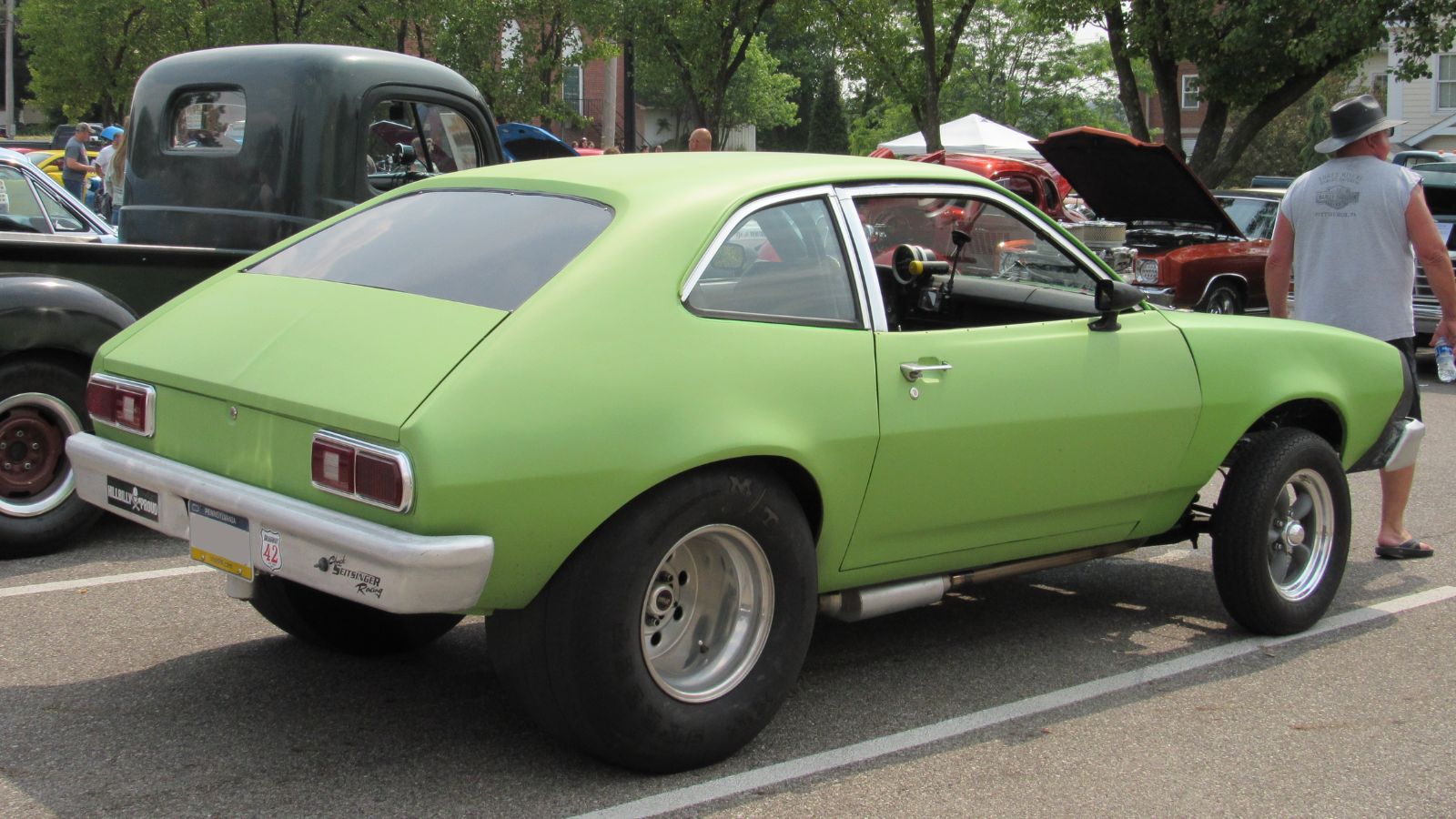
The Ford Pinto (1971–1980) became infamous for its rear-mounted fuel tank that could rupture in low-speed rear-end collisions. It wasn’t the only offender — some GM compacts had similar layouts — but the Pinto’s publicity made it the poster child for poor fuel tank design. Relocating tanks ahead of the rear axle became the safer standard.
Poorly Designed Side-Impact Doors
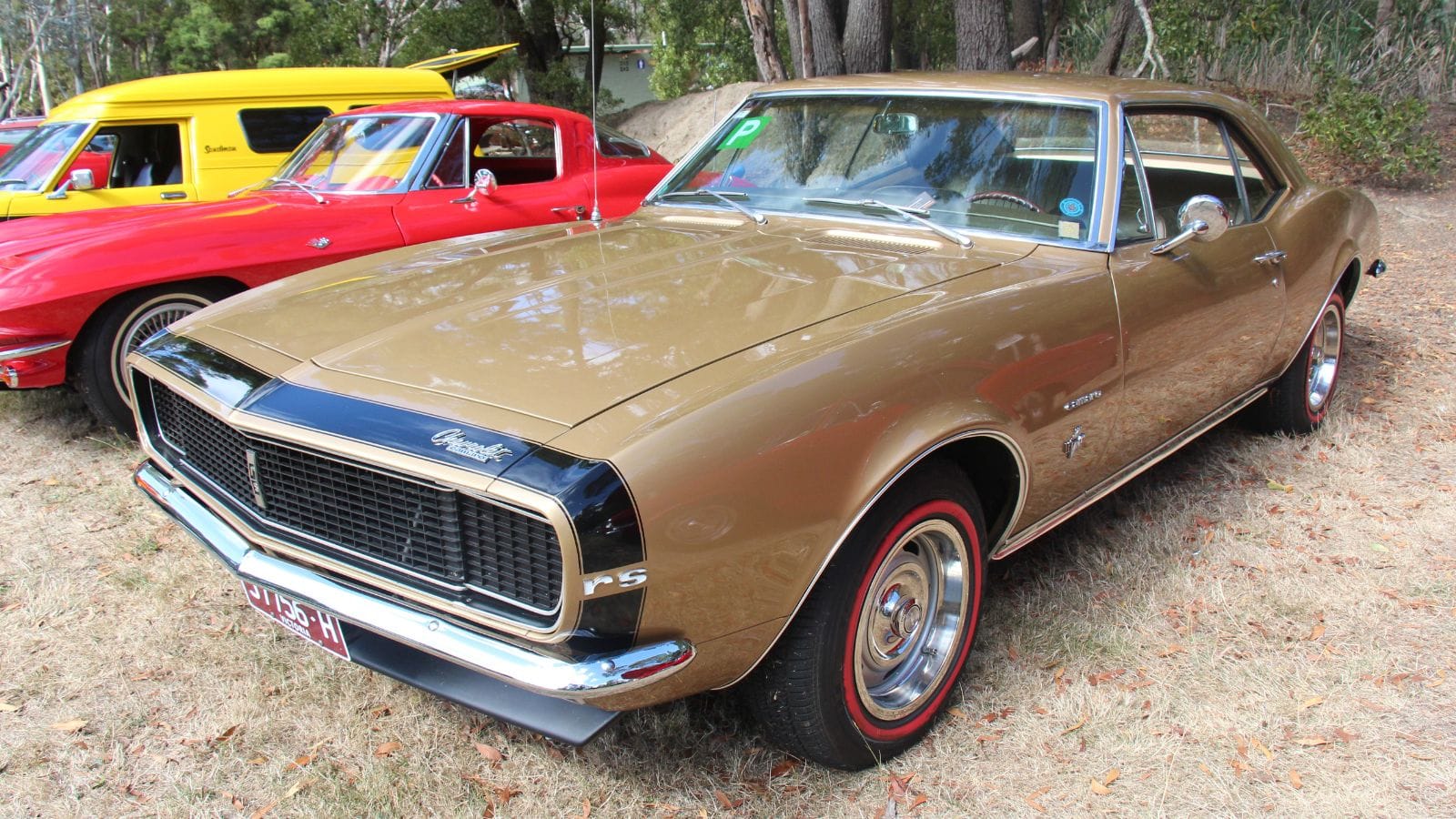
In the 1960s and much of the 1970s, side-impact protection was virtually non-existent. A T-bone collision in a 1967 Chevrolet Camaro meant that only a thin steel panel separated you from the other car. Side-impact beams, introduced widely in the late 1980s, drastically reduced injury risk by stiffening door structures.
Non-Laminated Windshields
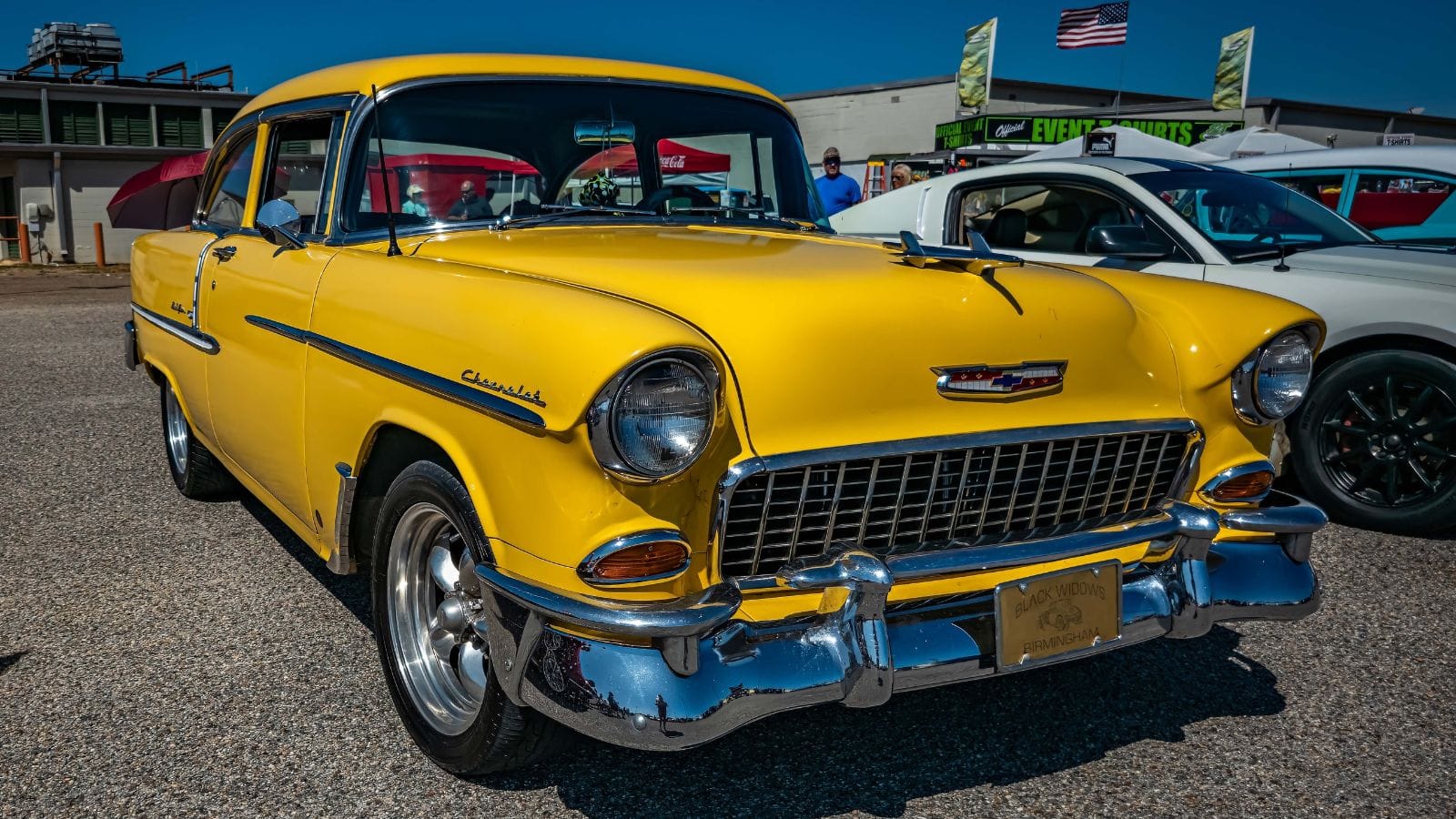
Before laminated safety glass became standard, windshields were often made of tempered glass that shattered into razor-sharp shards in a crash. Cars like the 1955 Chevrolet Bel Air looked great with their panoramic glass, but in a collision, the consequences could be deadly. Laminated glass, which holds together when cracked, became a game changer in occupant safety.
25 Facts About Car Loans That Most Drivers Don’t Realize

Car loans are one of the most common ways people fund car purchases. Like any other kind of loan, car loans can have certain features that can be regarded as an advantage or a disadvantage to the borrower. Understanding all essential facts about car loans and how they work to ensure that you get the best deal for your financial situation is essential. Here are 25 shocking facts about car loans that most drivers don’t realize:
25 Facts About Car Loans That Most Drivers Don’t Realize
